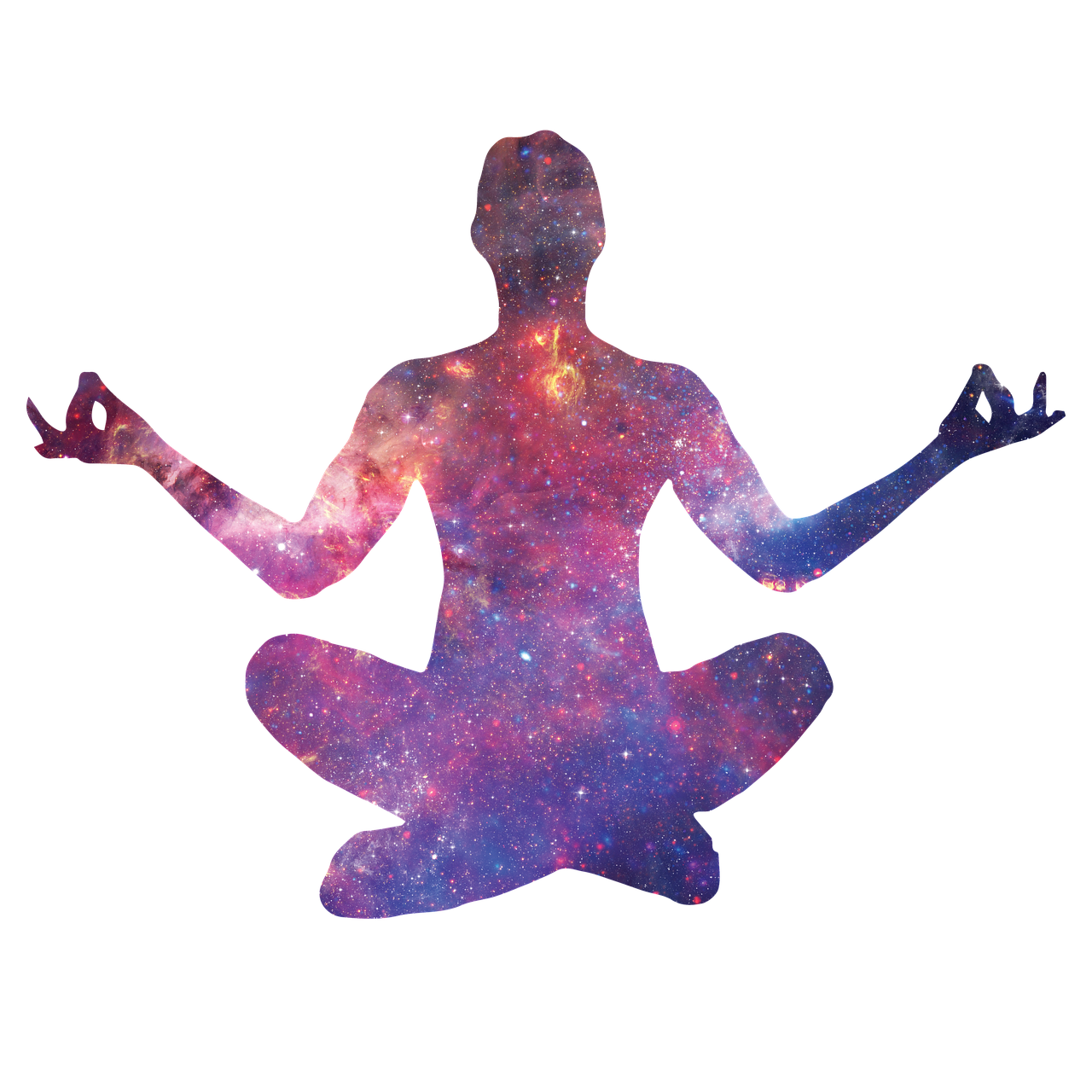Yoga Practice Osteopenia, Osteoporosis

Some readers may wonder about the possible benefits of Yoga practice Osteopenia, Osteoporosis for those who have been diagnosed with bone
loss. I have spent a great deal of time researching this subject and present my findings here. ge.
As you know, Yoga is a mind-body practice introduced in India more than 5000 years ago. Its name comes from a Sanskrit word meaning 'to unite or integrate' and the whole purpose of yoga practice is to establish personal integration, wholeness AND to unite ones Self with the universe. (Personal integration for a yogis means the union of body, mind and spirit.)
When you practice yoga regularly your actions, emotions and intelligence will become balanced and they will work in an integrated manner. Many new practitioners of yoga report that a sense of calmness enters their daily lives. Since stress is one of the causes of bone loss, it appears that yoga practice should be of benefit. But what does the research say? Before we can answer that question, we need to be sure we are all talking about the same type of Yoga.
Yoga Practice Osteopenia, Osteoporosis: There are Six Different Branches of Yoga.
- BHAKTI YOGA or path of 'heart and devotion' and is the most common form practiced in India. The aim of this form is to see the Divine or One in everything. It leads to great love and acceptance.
- HATHA YOGA is a common form in the industrialized world.. This form uses Asana (physical postures), Pranayama (breathing techniques) and Meditation. There are many schools or styles of Hatha Yoga : Iyengar, Integral, Astanga, Kripalu etc.
- JNANA YOGA or Yoga of the Mind focuses on one's intelligence. Practitioners aim to unite wisdom and intellect so as to surpass limitation. This is the form most open to other philosophies and religions and is often studied by 'intellectuals'.
- KARMA YOGA or the Yoga of Service. This form arises out of consideration of one's destiny. It centralizes respect and the doing of selfless services so one's future destiny is free from negativity and selfishness.
- RAJA YOGA is the path of self control and is based on the teachings found in the Yoga sutras. It puts great emphasis on respect for self and for all creation. Self mastery and self discipline is essential in this practice. Most practitioners of this form are members of religious or spiritual order.
NOTE: I wish to acknowledge ABCofYoga.com as a source for much of the information about these forms.
Scientific Research about Yoga Practice Osteopenia, Osteoporosis
There is very little scientific research about the effects of
Yoga Practice Osteopenia Osteoporosis. I have found it surprising that there are so few formal studies about yoga's effect on bone
density since this practice has become so popular.
As far as Yoga's effects one can say that since ALL types of yoga have the effect of reducing stress, such practice does reduce one of the Major Causes of bone loss
Note: There was a study published in the Journal of American Geriatric Society September 2009 with the title: Yoga decreases kyphosis in senior women and men with adult onset hyperkyphosis: results of a randomized controlled trial by Gail A. Greendale, MD, Mei-Hua Huang, DrPH, [...], and Sybil Crawford, PhD.
The aim of this study was "To assess whether a specifically designed Yoga intervention can reduce hyperkyphosis (sometimes called "back hump" or "dowagers hump"
- The results of the study about yoga and Osteoporosis, Osteopenia states: "Compared to control participants, those randomized to Yoga experienced a 4.4% improvement in flexicurve kyphosis angle (p=0.006) and a 5% improvement in kyphosis index (p=0.004). The intervention did not result in statistically significant improvement in Debrunner kyphometer angle, measured physical performance or in self-assessed HRQOL (each p>0.1)." So it appears that there was a bit of improvement for participant in the yoga practice group.
- Another study was conducted by Dr. Loren Fishman, M.D., chief investigator, Columbia College of Physicians. She states; "Evidence in the animal literature confirms that unconventional tugs of the sinews and ligaments can not only arrest, but reverse osteoporosis. In a pilot study we compared twelve people who completed two years of yoga (the intervention group) with seven people that did not do yoga, the control group. All those involved had the same average age (66 years), very nearly the same amount of bone loss when the study started, and all had normal laboratory values. By doing 10-12 minutes of yoga a day, the mean bone mineral density of all the patients has improved well beyond that of the controls."
- Another study can be found at: https://www.ncbi.nlm.nih.gov/pmc/articles/PMC4728958/
These studies of Yoga Practice Osteopenia , Osteoporosis are a beginning. My hope is that there will be many additional studies. (If you are a practitioner or teacher of yoga, you might suggest engaging in such studies to a nearby research institute.)
Now if you are considering doing yoga for your bone loss do read Warnings for persons with Bone loss who are considering any form of Yoga Practice Osteopenia, Osteoporosis
Thank you for reading.

